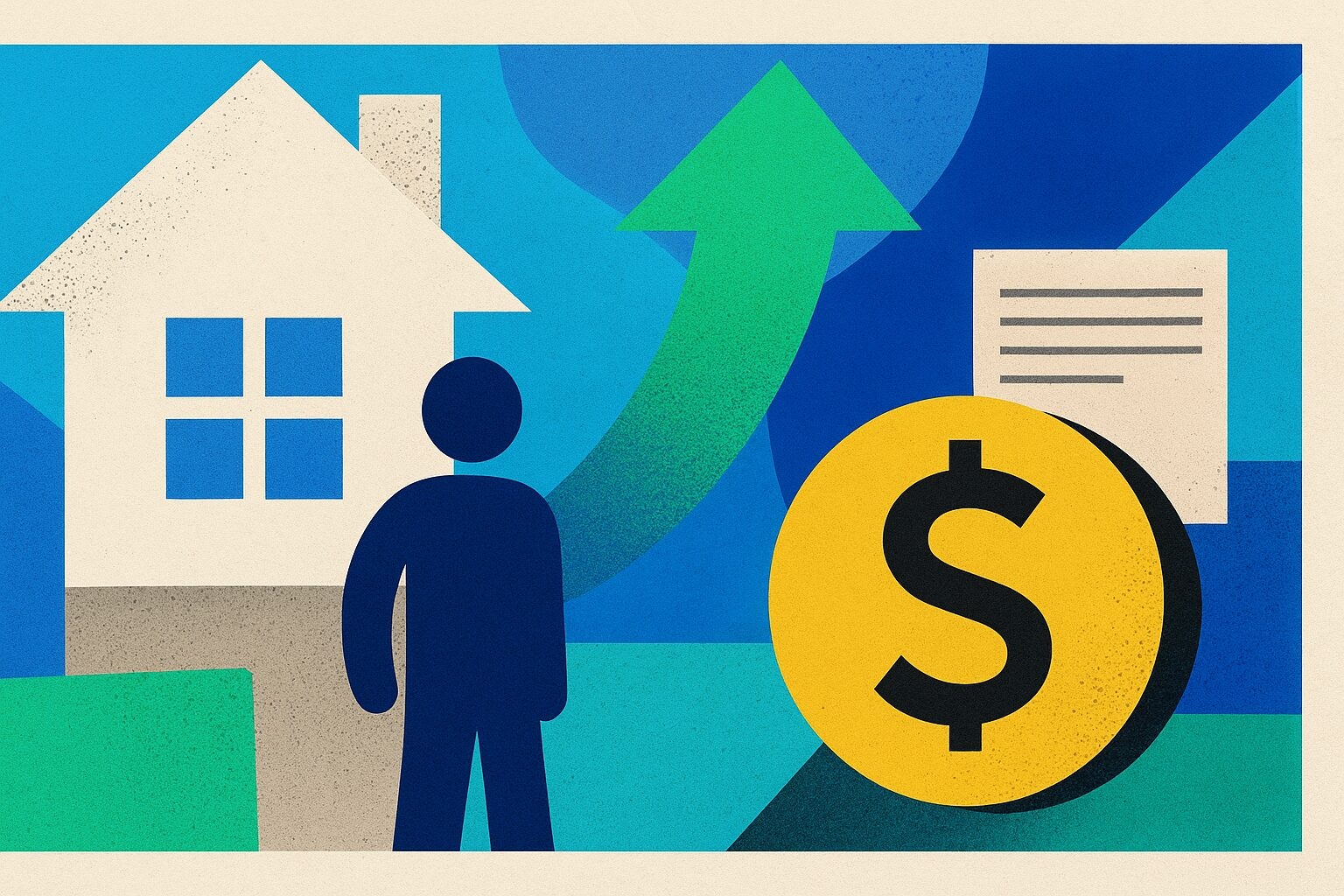What has changed in real estate financing for the middle class

With an eye on middle-class votes, the government of Luiz Inácio Lula da Silva (Workers' Party) decided to loosen mortgage lending regulations. The new housing package provides for the release of R$20 billion for the purchase of 80,000 homes by the end of 2026.
The focus is on workers with salaries between R$12,000 and R$20,000, a range that is outside of Minha Casa, Minha Vida and can only obtain financing at market rates.
In addition to lower interest rates, the new measure provides for an increase in the maximum value of a property that can be financed through the Housing Finance System (SFH) and the financing limit through Caixa Econômica Federal.
The system, which will be in a testing phase until the end of 2026, will be operated primarily by Caixa, which handles approximately 70% of the country's housing loans. The initiative also aims to boost the construction industry and create jobs.
What changes for the property buyerUntil now, the Housing Finance System only allowed financing of properties up to R$1.5 million, with Caixa covering a maximum of 70% of the value.
With the new model, the ceiling rises to R$2.25 million, and Caixa will once again finance up to 80% of the property's value, reducing the required down payment.
The regulated interest rates for these loans will be up to 12% per year, below the Selic rate, which is 15% per year.
Anyone purchasing within this limit can use the Severance Indemnity Fund (FGTS) for the down payment or to pay off the outstanding balance.
How the model worksThe new model updates the Brazilian Savings and Loan System (SBPE) and uses resources that are currently held at the Central Bank.
Under current rules:
- 65% of savings resources must be allocated to housing credit;
- 20% is retained by the Central Bank, as a compulsory deposit; and
- 15% are free for other bank operations.
With the change, banks will be able to use the portion retained in compulsory deposits, as long as they can prove that it was applied to real estate financing.
The transition will be gradual, between 2025 and January 2027. During this period, compulsory deposits will fall from 20% to 15%, and the 5 percentage point difference will be directed directly to housing credit.
From 2027, when the model comes into full effect:
- the obligation to allocate 65% of savings to housing ends; and
- compulsory deposits are eliminated, allowing up to 100% of savings money to be used for real estate credit.
It is estimated that, by then, R$111 billion will have been injected into the system.
What the government saysThe government claims the measure will make savings more efficient. In recent years, the volume of funds invested in savings accounts has declined due to low profitability, in light of rising interest rates, which favor other fixed-income investments.
In September of this year, savings resources allocated to housing totaled R$755 billion, below the record of R$801 billion recorded in December 2020, demonstrating the need to release these resources to expand real estate credit.
"We want to serve those who work, pay taxes, and want to own their own home, but couldn't get credit. It's a commitment to the Brazilian middle class," Lula said during the launch.
"This measure serves a segment of the population that previously lacked access to housing credit. Currently, families in income brackets 1, 2, 3, and 4, which range up to R$12,000, are covered by Minha Casa Minha Vida. Above that, people had no alternatives, unless they earned enough to afford market interest rates," said Cities Minister Jader Filho.
Real estate, used and renovationsThe rules apply to new and used properties, as long as the value is within the SFH limits.
Vice President Geraldo Alckmin announced that the government is also planning smaller credit lines of up to R$30,000, with reduced interest rates for families with incomes of up to R$9,600, to finance home renovations. For now, this program is under study and has not yet been regulated.
gazetadopovo




